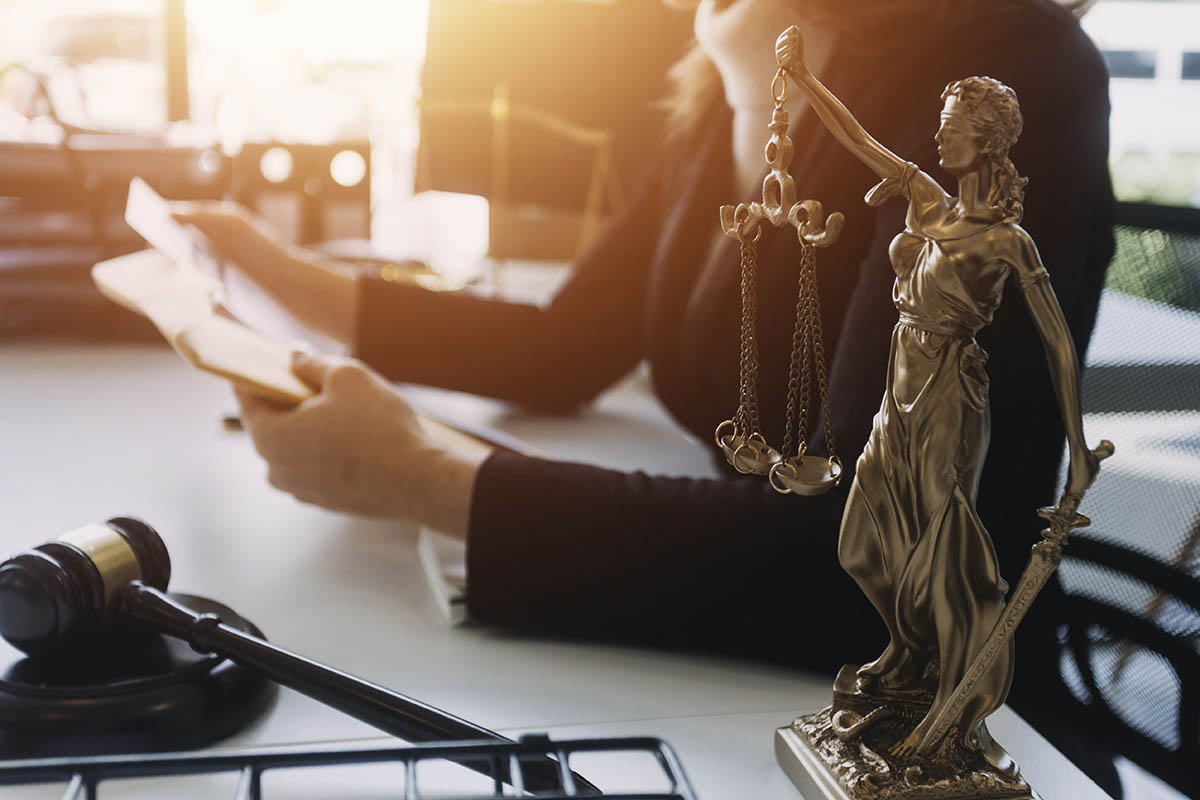Documenting Evidence After a Work Injury
Experiencing a work injury can be a life-altering event. Whether it’s a slip and fall, an equipment malfunction, or a repetitive stress injury, the aftermath can be overwhelming.
Amid the chaos, one of the most critical steps to take is meticulously documenting evidence. Proper documentation can significantly strengthen your work injury claim and ensure you receive the compensation and justice you deserve.
The Importance of Documenting Evidence
- Establishing Liability
Documenting evidence is essential for establishing liability. It helps to clearly demonstrate how the accident occurred and who is at fault.
Without solid evidence, it can be challenging to prove negligence or misconduct, making it harder to hold the responsible party accountable.
- Supporting Your Claim
In work injury cases, the burden of proof lies with the injured worker. Thorough documentation supports your claim by providing a factual basis for your allegations.
This includes proving the extent of your injuries, the impact on your ability to work, and the financial losses you’ve incurred.
- Navigating Workers’ Compensation
Accurate and thorough documentation is crucial for navigating the workers’ compensation system. Properly documented evidence can facilitate the process, ensuring that your claim is processed efficiently and that you receive the benefits you are entitled to.
- Legal Proceedings
If your case goes beyond workers’ compensation and into civil court, the evidence you’ve gathered will be critical. Courts rely heavily on documented evidence to make decisions.
Properly documented evidence can make the difference between winning and losing your case.
Steps to Document Evidence After a Work Injury
1. Seek Immediate Medical Attention
The first and foremost step after any injury is to seek medical attention. This ensures your health and well-being are prioritized. Additionally, medical records from your initial visit and follow-up appointments serve as crucial evidence. These records should detail the nature and extent of your injuries, treatments received, and any prescribed medications or therapies.
2. Report the Incident
Report the incident to your employer as soon as possible. Most workplaces have protocols for reporting injuries, which often include completing an incident report. Ensure you obtain a copy of this report, as it serves as an official record of the incident.
3. Gather Photographic and Video Evidence
Visual evidence is compelling and can clearly illustrate the circumstances surrounding the incident. Use your smartphone or a camera to take photographs and videos of the following:
- The accident scene, capturing all angles.
- Any visible injuries.
- The equipment or machinery involved in the accident.
- Environmental factors, like wet floors, faulty equipment, or poor lighting.
4. Collect Witness Statements
Witnesses can provide an unbiased account of the incident. Obtain contact information from anyone who saw the accident happen. If possible, record their statements or have them write down what they saw. Witness statements can corroborate your version of events and strengthen your case.
5. Maintain a Personal Injury Journal
Keeping a personal injury journal can be incredibly valuable. Document your daily experiences, including:
- Pain levels and physical limitations.
- Emotional and psychological impact.
- Any activities you are unable to perform due to your injuries.
- Medical appointments and treatments received.
- Conversations with healthcare providers and insurance representatives.
A detailed journal provides a day-to-day account of how the injury affects your life, which can be instrumental in proving damages.
6. Preserve Physical Evidence
If there are any physical objects related to your injury, preserve them as evidence. This could include damaged personal items, clothing worn at the time of the accident, or defective equipment that caused harm. Store these items safely and avoid altering or tampering with them.
7. Keep Records of Expenses and Financial Losses
Document all expenses and financial losses resulting from your injury. This includes:
- Medical bills and prescription costs.
- Rehabilitation and therapy expenses.
- Transportation costs for medical appointments.
- Lost wages and loss of earning capacity.
- Any other out-of-pocket expenses related to the injury.
Detailed financial records help quantify the economic impact of your injury and support your claim for compensation.
8. Obtain Expert Testimony
In some cases, expert testimony can be crucial. This might include medical experts who can testify about the extent of your injuries, accident reconstruction specialists who can explain how the incident occurred, or vocational experts who can discuss your ability to return to work. Work with your attorney to identify and retain qualified experts who can provide credible testimony.
9. Communicate Carefully
Be cautious in your communications, especially with insurance companies and representatives of the opposing party. Avoid making statements that could be construed as admitting fault or downplaying your injuries. When speaking with insurance adjusters, provide factual information and refer to your documentation. It’s often best to have your attorney handle these communications to protect your interests.
10. Consult with a Work Injury Attorney
An experienced work injury attorney can provide invaluable guidance throughout the process. They can help you gather and preserve evidence, navigate legal procedures, and advocate on your behalf.
Consulting with an attorney early on ensures that your case is handled properly from the outset.
Challenges in Documenting Evidence
While documenting evidence is critical, it can also present challenges. Common obstacles include:
Memory and Time
Memories can fade over time, making it harder to recall details accurately. Documenting evidence as soon as possible after the incident helps capture accurate and detailed information.
Accessibility
In some cases, evidence may be difficult to access. For example, obtaining surveillance footage from the workplace or securing records from a reluctant party can be challenging. Your attorney can assist in these situations, using legal tools such as subpoenas to obtain necessary evidence.
Preservation
Preserving evidence properly is essential to prevent it from being lost, damaged, or deemed inadmissible in court. Physical evidence should be stored safely, digital evidence should be backed up, and all documentation should be organized systematically.
Documenting Evidence After A Work Injury Is Vital
Documenting evidence after a work injury is a vital step in protecting your health, legal rights, and financial interests. From seeking immediate medical attention to preserving physical evidence and keeping detailed records, each step plays a crucial role in building a strong work injury claim.
By following the guidelines outlined in this comprehensive guide, you can ensure that you are well-prepared to navigate the complexities of the workers’ compensation process and secure the compensation and justice you deserve.
Remember, working with a knowledgeable workers’ compensation attorney in Washington D.C. can provide invaluable support and expertise, helping you effectively document evidence and achieve a favorable outcome.






















